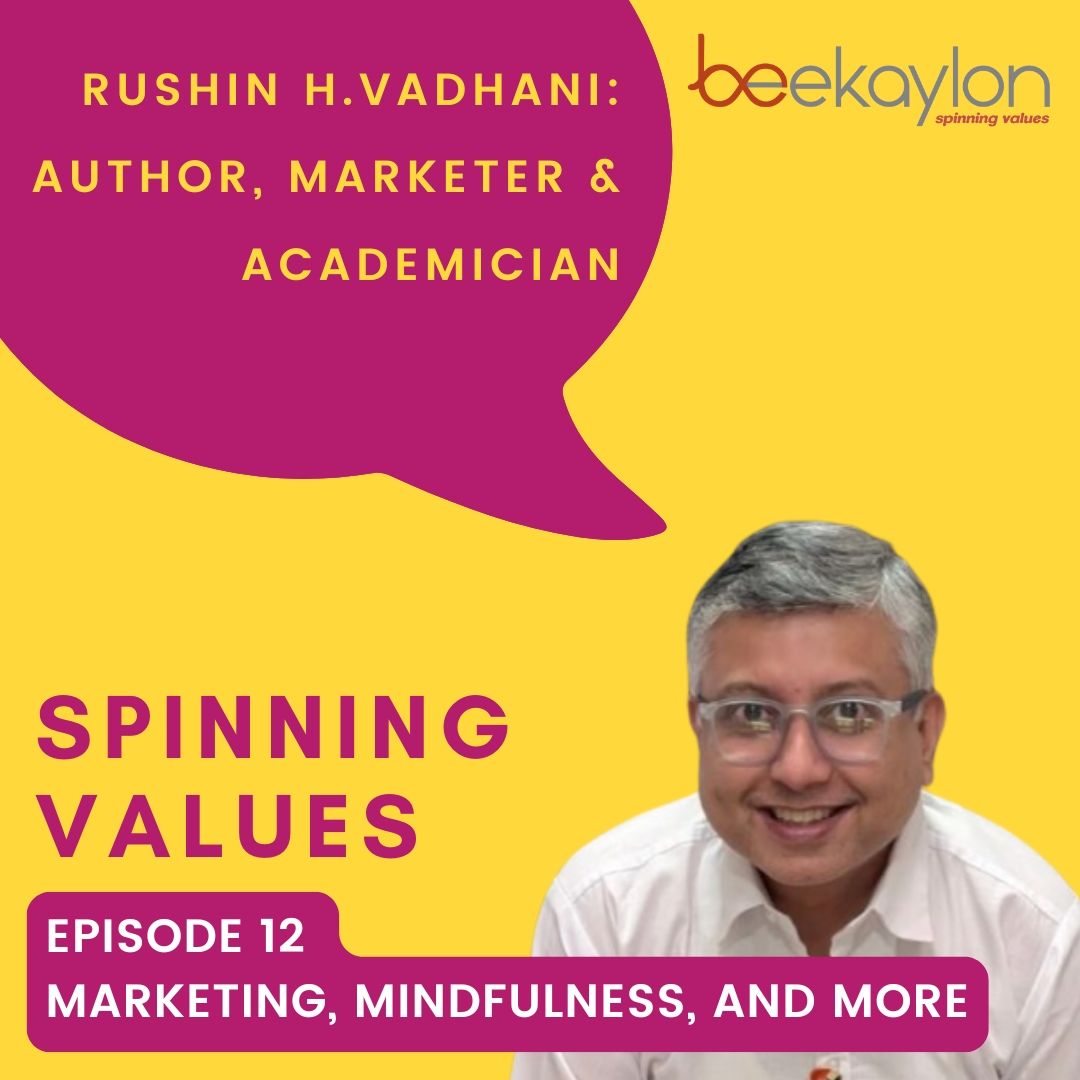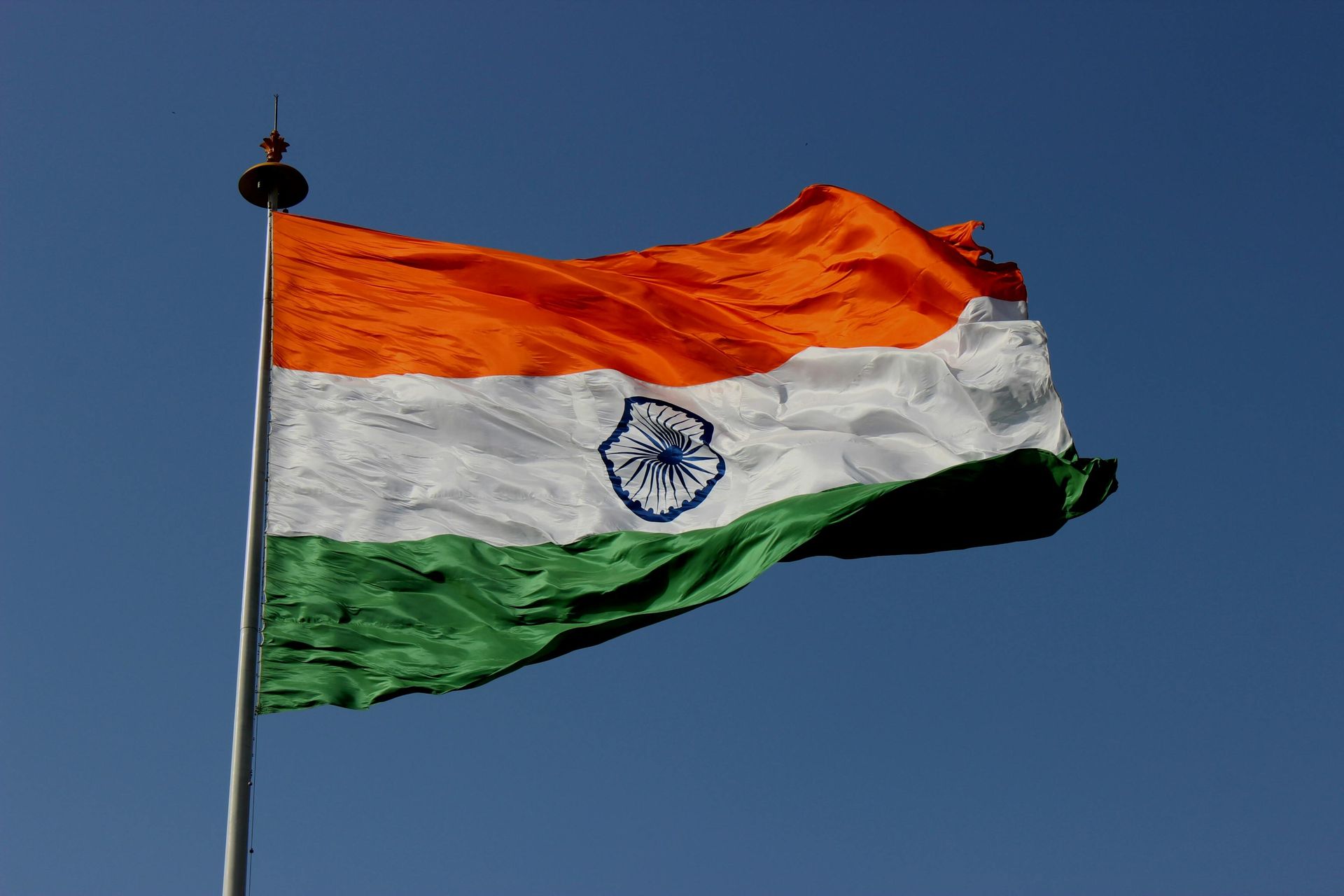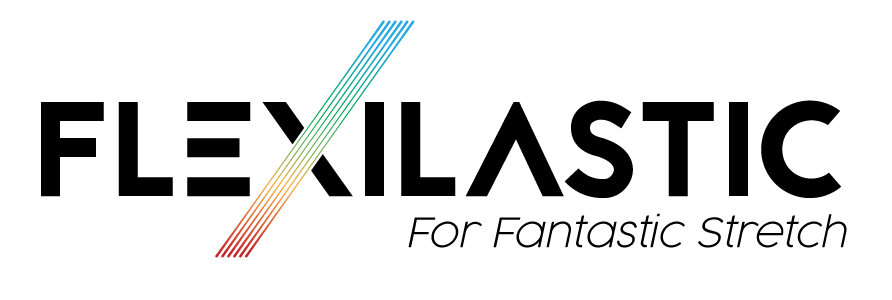Smart Textiles: Unraveling the fabric of the future
Understanding Smart Textiles
In a world where technology is seamlessly integrated into every aspect of our lives, the textile industry is undergoing a transformative revolution. Smart textiles, also known as e-textiles or electronic textiles, represent a cutting-edge intersection of technology and fashion. These fabrics have the potential to reshape not only the clothes we wear but also the way we interact with our environment. In this blog post, we delve into the significance and vast potential of smart textiles.
Smart textiles refer to materials that incorporate electronic components and technology to provide added functionality. Unlike traditional fabrics, smart textiles can sense, react, and adapt to various environmental conditions. The integration of conductive materials, sensors, and microelectronics into textiles opens up a world of possibilities for innovation.
Significance in Daily Life
-
Health Monitoring:List Item 1
Smart textiles have the potential to revolutionize healthcare by enabling continuous health monitoring. Imagine wearing a shirt that tracks your vital signs or a sock that detects early signs of foot ulcers in diabetic patients. These applications can significantly enhance preventive healthcare and provide valuable data for medical professionals.
-
Fashion and Style:List Item 2
Beyond functionality, smart textiles are making waves in the fashion industry. From color-changing fabrics to garments with integrated LED lights, designers are exploring ways to merge technology with style. The result is not only aesthetically pleasing but also a testament to the limitless creativity that arises when fashion meets innovation.
-
Environmental Impact:List Item 3
Smart textiles can contribute to sustainability efforts by incorporating eco-friendly materials and promoting efficient resource use. For instance, temperature-regulating fabrics could reduce the need for excessive heating or cooling, leading to energy savings and a smaller environmental footprint.
Unlocking Potential Across Industries
-
Sports and Fitness:List Item 1
Athletes can benefit from smart textiles that monitor performance metrics, such as heart rate and muscle activity. These textiles can enhance training programs, reduce the risk of injuries, and provide valuable insights for athletes and coaches.
-
Military and Defense:List Item 2
In the defense sector, smart textiles can play a crucial role in developing advanced uniforms with integrated communication systems, sensors for detecting chemical or biological threats, and adaptive camouflage for enhanced stealth.
-
Transportation:List Item 3
Smart textiles are finding applications in the automotive and aerospace industries. Seats with built-in sensors could monitor the driver's alertness, while temperature-regulating fabrics could contribute to more comfortable and energy-efficient vehicle interiors.
Examples in the Market
Several forward-thinking companies have already ventured into the realm of smart textiles, showcasing the possibilities of this innovative technology. Notable examples include:
Google and Levi's Project Jacquard:
Collaborating on a line of connected clothing, Project Jacquard by Google and Levi's introduced denim jackets with touch-sensitive fabric. Wearers can control their smartphones, receive notifications, and perform various tasks by simply touching their jacket sleeves.

Under Armour's Athlete Recovery Sleepwear:
Under Armour, a well-known sports apparel brand, launched sleepwear with bioceramic technology. Designed to aid muscle recovery, these garments use infrared technology to absorb and reflect infrared wavelengths, promoting better sleep and faster recovery for athletes.
Future Prospects and Announcements:
As the smart textiles landscape continues to evolve, we anticipate exciting developments from both established players and emerging innovators. Keep an eye out for future announcements, as researchers and companies explore groundbreaking technologies, such as self-healing fabrics, flexible displays, and textiles with embedded artificial intelligence.
For more than 40 years, Beekaylon has been at the forefront of Innovations in Synthetic Yarns. We’ve delivered the fabrics, fibers, and nonwovens that industries and companies trust for performance, protection, and versatility of use. Beekaylon has a wide variety of products serving a diverse range of markets from automotives to home furnishings. Being the market leaders in polyester filament and dope dyed yarn, we strongly believe in innovation. That is the reason we have invested heavily in setting up a cutting edge R & D wing to develop new products for the market.
Thanks to our in-house R & D, we have developed Flexi yarns (Flexilastic), Antimicrobial yarns (Puriflex), Recycled Polyester Yarns (Poly-Go-Round), Wicking yarns, Odour free yarns and even Fire-retardant yarns. Apart from being one of the largest dope dyed yarn manufacturers in India, Beekaylon is also a nominated partner & supplier for
CiCLO yarns.
In conclusion, smart textiles represent a fascinating blend of technology and textiles, offering a myriad of possibilities across various industries. As researchers continue to push the boundaries of innovation, and companies introduce new and inventive products, we can expect smart textiles to become an integral part of our daily lives, creating a more connected and intelligent world.







